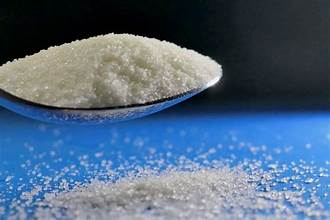Introduction
In the pursuit of a healthy lifestyle, one often underestimates the impact of dietary choices on overall well-being. Recent studies have shed light on a concerning correlation between elevated salt intake and an increased risk of cancer. Specialists in the field of oncology caution that a surplus of salt in the diet contributes to the production of chemicals that can potentially foster the development of cancerous cells. Let’s delve into the intricacies of this alarming connection.
The Chemical Culprits
Experts posit that an overindulgence in salt leads to the generation of compounds within the body that can pose a heightened threat to organs like the liver and intestines. These substances, identified as microplastics, have been pinpointed as potential cancer catalysts. Research has uncovered the presence of cancer-inducing microplastics in table salt, accentuating the risks associated with its consumption.
Microplastics in Table Salt
A groundbreaking study has revealed that table salt contains microplastics, which are minuscule plastic particles capable of inducing cancer. The ubiquitous use of table salt worldwide makes this revelation particularly concerning. While it is a staple in nearly every household, the findings suggest that table salt may not be as innocuous as once thought.
The Indonesian Revelation
Researchers from Andalas University in Indonesia have asserted that every kilogram of table salt harbors approximately 33 microplastics. The microscopic nature of these particles means they can infiltrate the human body, potentially leading to the development of cancers and cardiovascular diseases. This startling claim is based on an extensive analysis of 21 different brands of table salt.
Plastic Fibers: A Silent Threat
During the research process, scientists meticulously extracted tiny fragments of plastic fibers found in the sampled table salt. These plastic fibers, when ingested, can pose severe risks to the human body. The revelation of plastic contamination in a seemingly harmless kitchen staple raises crucial questions about the safety of our dietary choices.
The Origins of Fiber Contamination
The presence of plastic fibers in table salt can be attributed to the contamination of seawater. Microplastics, carbon-based substances, and sand particles from ocean water find their way into salt during the production process. This contamination underscores the need for a closer examination of our salt sources and production methods.
Rethinking Dietary Habits
As awareness grows about the potential dangers lurking within our daily diets, it becomes imperative to reconsider our reliance on table salt. Choosing alternative sources of seasoning that are free from microplastics may be a prudent step towards safeguarding our health. Additionally, advocating for more stringent quality control measures in salt production can contribute to minimizing the risks associated with its consumption.




